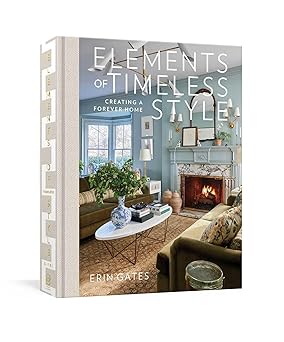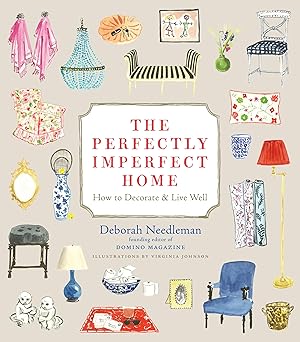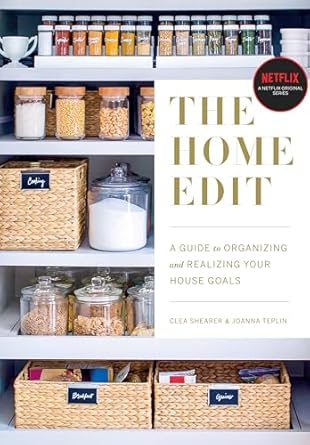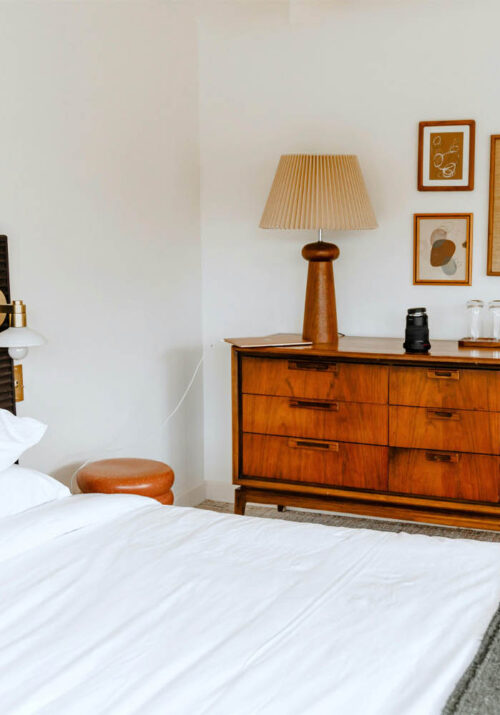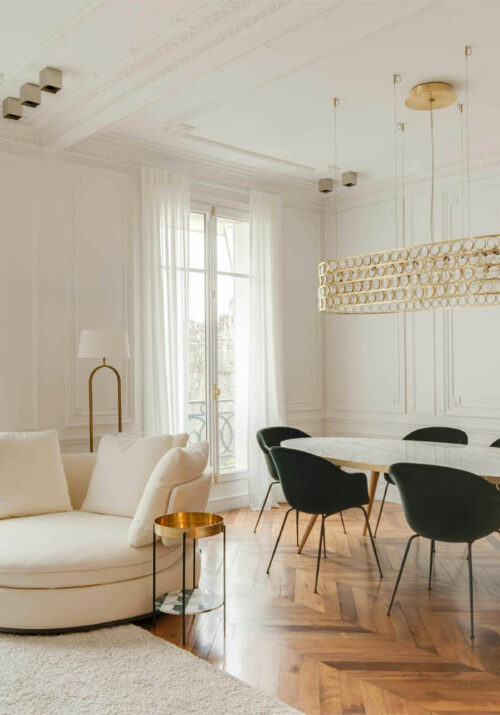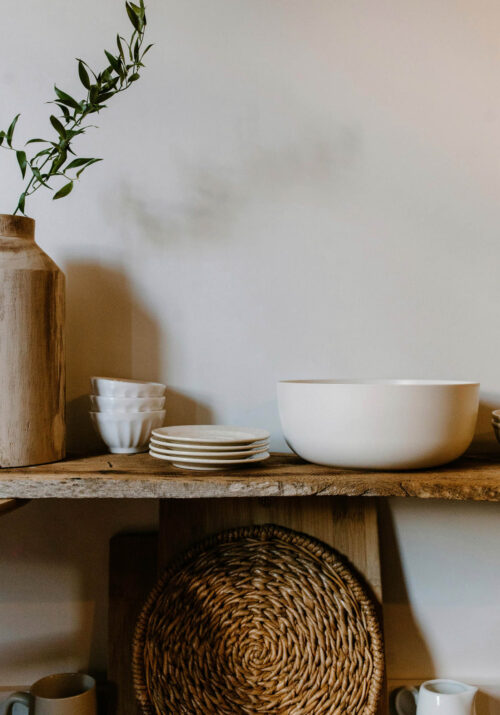Welcome to design world 101, where we unravel the mysteries of interior design lingo! Whether you’re a newbie to the world of decor or a seasoned enthusiast looking to brush up on your terminology, understanding the jargon of interior design is essential for effective communication and navigating the creative process. In this guide, we’ll break down some interior design basics terms that will empower you to express your design ideas with confidence.
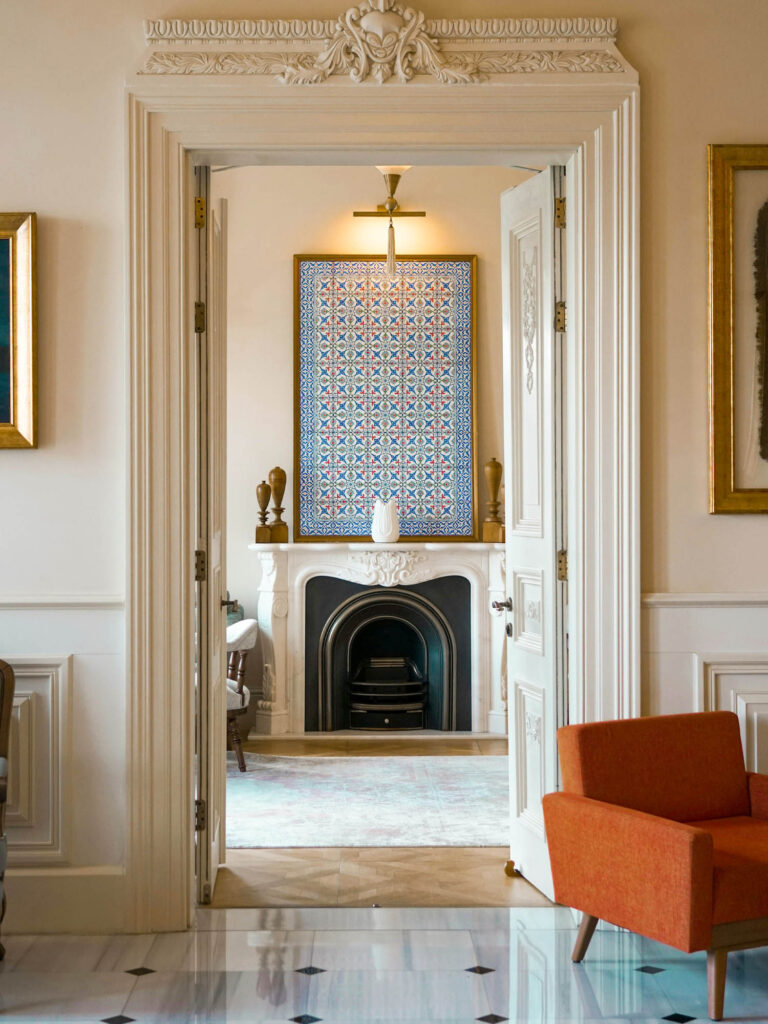
This post may contain affiliate links, meaning I could earn a small commission if you make a purchase through my link, at no extra cost to you. You can read my full disclosure here. Thank you for supporting Alagu Home!
Focal Point
Every well-designed space has a focal point, a standout element that draws the eye and anchors the room. This could be a striking piece of furniture, a dramatic fireplace, or a captivating piece of artwork. By understanding the concept of a focal point, you can strategically arrange your furnishings to highlight the most visually compelling aspects of your space.
Balance
Achieving balance in interior design involves distributing visual weight evenly throughout a room. There are two primary types of balance: symmetrical and asymmetrical. Symmetrical balance involves arranging elements in a mirror-like fashion, while asymmetrical balance relies on contrast and variation to create equilibrium. Experimenting with different types of balance can help you create harmonious and visually pleasing compositions.
Scale and Proportion
Scale and proportion refer to the size and relative importance of objects within a space. It’s crucial to consider the scale of furniture and decor items in relation to the size of the room to ensure that everything feels proportionate. Oversized furniture in a small room can overwhelm the space, while undersized pieces can make it feel sparse. Striking the right balance between scale and proportion is key to achieving a cohesive and inviting atmosphere.
Lighting
Lighting plays a crucial role in interior design, both functionally and aesthetically. Natural light can brighten and open up a space, while artificial lighting fixtures set the mood and enhance the ambiance. From overhead fixtures to task lighting and accent lights, there are various types of lighting to consider when designing a room. Understanding the principles of lighting design allows you to create a well-lit and inviting environment that suits your needs and preferences.
Texture
Texture adds depth and tactile interest to a room, enhancing its visual appeal and creating a sense of richness. From smooth surfaces to rough finishes, incorporating a variety of textures can elevate the overall look and feel of your space. Whether it’s a plush rug, a sleek marble countertop, or a cozy knit throw, paying attention to texture allows you to create layers of visual interest that invite touch and exploration.
Color Theory
Understanding the principles of color theory is essential for creating harmonious color schemes that reflect your personal style and preferences. From warm tones that evoke coziness to cool hues that promote relaxation, each color has its own psychological effects and associations. By learning how to combine colors effectively, you can set the mood and atmosphere of your space with confidence.
Flow
Flow refers to the ease of movement and the visual continuity within a space. A well-designed room has a logical layout that allows for seamless navigation and encourages interaction. Consider factors such as traffic patterns, furniture arrangement, and spatial relationships to ensure that your space feels balanced and cohesive. By optimizing flow, you can create a functional and aesthetically pleasing environment that enhances the overall experience of your home.
Keep reading to discover even more interior design basics and how to apply to your own home.
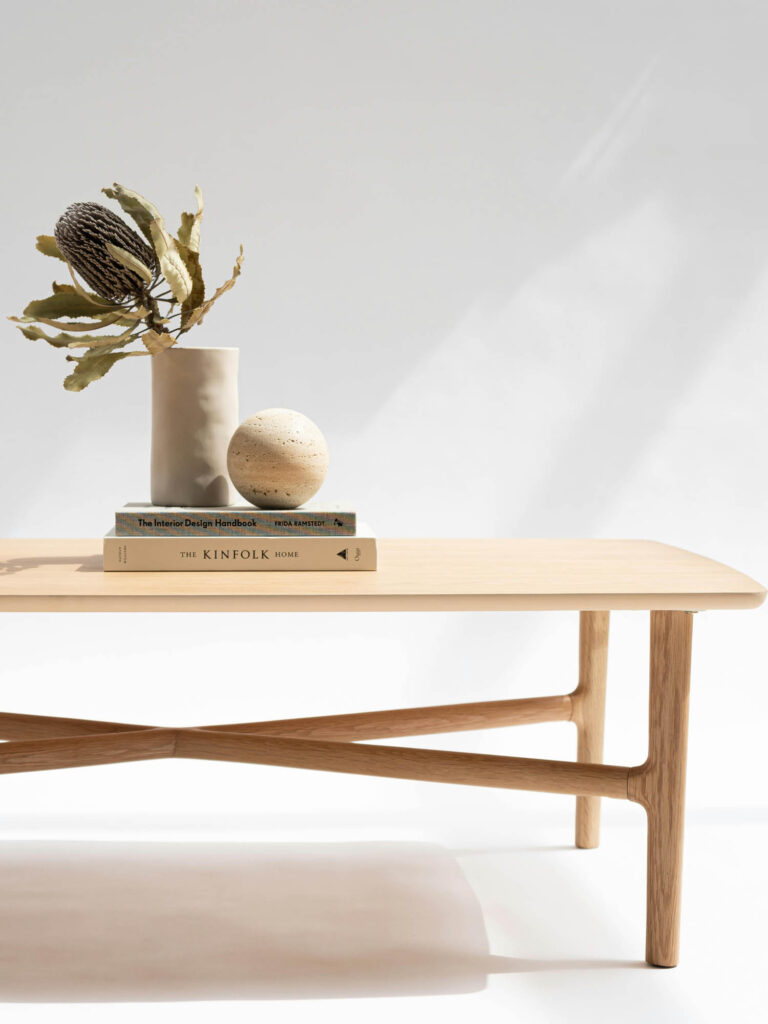
Must-Read/Must-Have Books
No journey into the world of interior design would be complete without delving into the wisdom and expertise shared by industry professionals and design enthusiasts alike. Here are a few must-read books that will inspire and educate you on the art and science of interior design:
“The Elements of Style” by Erin Gates: Renowned interior designer Erin Gates offers practical advice and insider tips for creating beautiful and functional spaces that reflect your personality and lifestyle. From space planning to color palettes, this comprehensive guide covers all aspects of interior design with wit and wisdom.
“Styled: Secrets for Arranging Rooms, from Tabletops to Bookshelves” by Emily Henderson: In this visually stunning book, stylist and interior designer Emily Henderson shares her secrets for creating effortlessly chic and personalized spaces. With practical tips and step-by-step instructions, “Styled” will empower you to transform any room into a stylish sanctuary.
More Design Books
“The Perfectly Imperfect Home: How to Decorate and Live Well” by Deborah Needleman: Embracing the philosophy that imperfection is the key to a well-lived life, Deborah Needleman’s “The Perfectly Imperfect Home” celebrates the beauty of eclectic and lived-in spaces. Filled with charming illustrations and insightful advice, this book will inspire you to embrace your unique style and create a home that reflects your individuality.
“Domino: The Book of Decorating” by Deborah Needleman, Sara Ruffin Costello, and Dara Caponigro: From the editors of the beloved design magazine, “Domino: The Book of Decorating” offers expert advice and inspiring ideas for every room in your home. Packed with beautiful photographs and practical tips, this indispensable guide will help you unleash your creativity and transform your space into a haven of style and comfort.
“The Home Edit: A Guide to Organizing and Realizing Your House Goals” by Clea Shearer and Joanna Teplin: While not strictly about interior design, “The Home Edit” offers invaluable advice on organizing and decluttering your space to create a more functional and visually pleasing environment. With their signature blend of style and practicality, Clea Shearer and Joanna Teplin will help you achieve your house goals with ease and efficiency.
Investing in these must-have books will not only expand your knowledge of interior design but also serve as a constant source of inspiration and guidance as you embark on your design journey. Whether you’re a novice decorator or a seasoned pro, these timeless classics belong on every design enthusiast’s bookshelf.
Must-Have Tools for Interior Designers
Equipping yourself with the right tools is essential for bringing your design visions to life with precision and efficiency. Here are some indispensable tools that every interior designer should have in their toolkit:
Digital Design Software: From 3D modeling programs like SketchUp and Autodesk Revit to graphic design software like Adobe Photoshop and Illustrator, digital design tools are essential for visualizing and communicating your ideas with clients and collaborators. These versatile programs allow you to create detailed floor plans, renderings, and mood boards, streamlining the design process and ensuring accuracy from concept to completion.
Measuring Tape: A reliable measuring tape is a must-have tool for taking accurate measurements of rooms, furniture, and other elements within a space. Whether you’re planning a layout or specifying furniture dimensions, having precise measurements is essential for ensuring that everything fits perfectly and flows harmoniously within the room.
Color Swatches and Samples: Building a cohesive color palette is key to creating a harmonious and visually appealing space. Stocking up on paint swatches, fabric samples, and material samples allows you to compare colors, textures, and finishes and make informed decisions about your design scheme. These tangible samples also help clients visualize the final result and make confident choices about their decor.
Drawing Tools: While digital design software offers unparalleled versatility, traditional drawing tools such as pencils, sketch pads, and tracing paper are invaluable for brainstorming ideas and sketching out initial concepts. Whether you’re doodling rough layouts or refining intricate details, having a set of drawing tools on hand allows you to explore your creativity freely and intuitively.
Essential Tools
Furniture and Fixture Catalogs: Staying up-to-date with the latest furniture and fixture options is essential for offering clients a diverse range of choices that suit their style and budget. Keeping catalogs from furniture retailers, lighting suppliers, and fixture manufacturers on hand allows you to easily reference product specifications, prices, and availability when selecting furnishings for your design projects.
Project Management Software: Managing multiple projects simultaneously requires efficient organization and communication. Project management software such as Trello, Asana, or Monday.com helps you keep track of project timelines, deadlines, tasks, and client communications in one centralized location. By streamlining workflow and collaboration, these tools ensure that your projects stay on schedule and on budget.
Photography Equipment: High-quality photography is essential for showcasing your portfolio and promoting your design services. Investing in a good camera, tripod, and lighting equipment allows you to capture professional-grade images of your completed projects, highlighting your design expertise and attention to detail.
Armed with these must-have tools, interior designers can approach their projects with confidence, creativity, and efficiency, delivering exceptional results that exceed their clients’ expectations.
Final Thoughts
In conclusion, master the art of interior design basics with our essential tools and better understand how to create a well-balanced interior. From understanding the importance of focal points and balance to exploring the role of texture, color theory, lighting, and flow, this guide empowers both newcomers and seasoned enthusiasts to express their design ideas with confidence and creativity.
Additionally, the recommended must-read books offer invaluable insights and inspiration, while the must-have tools equip designers with the resources they need to bring their visions to life with precision and efficiency. By decoding the basics of interior design lingo and embracing the tools of the trade, you can elevate your decorating prowess and create spaces that reflect your personal style and aspirations. Dive into the world of interior design basics armed with knowledge, inspiration, and the right tools, and embark on a journey of creativity and self-expression that transforms spaces into works of art.



